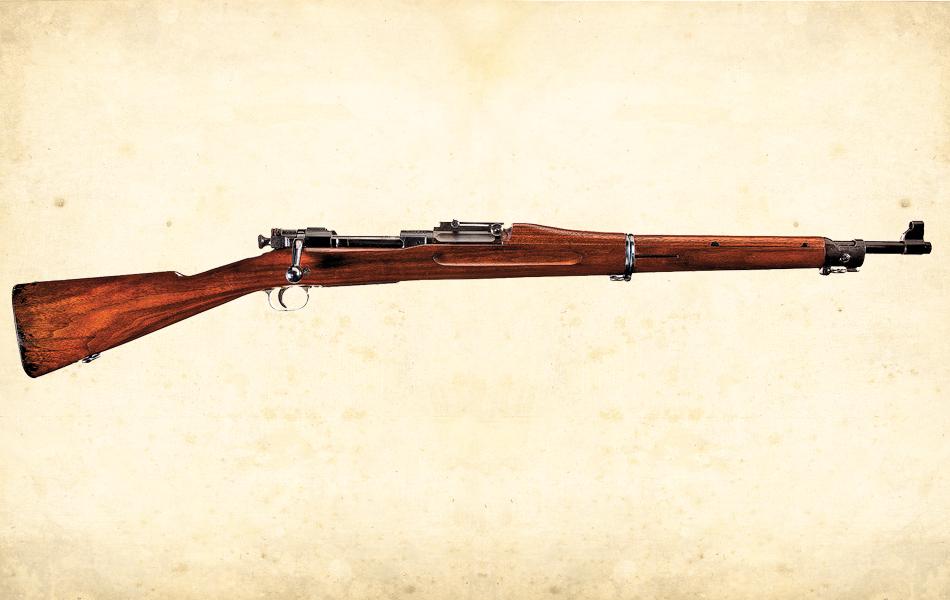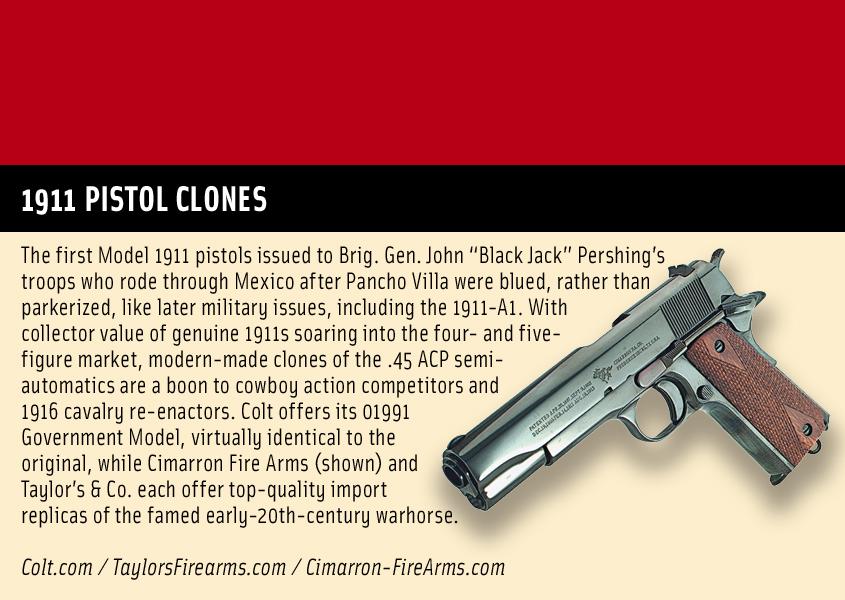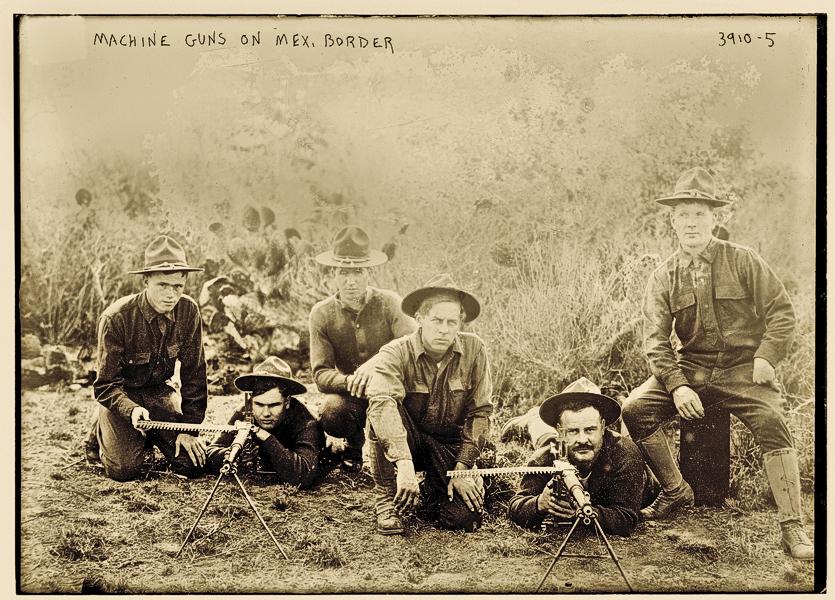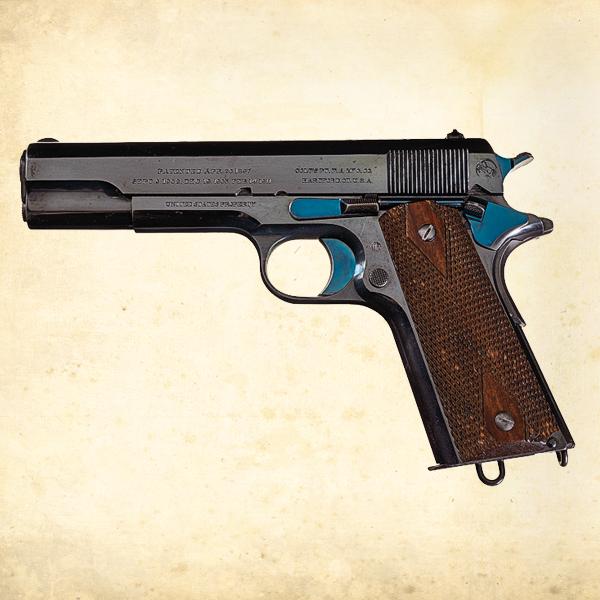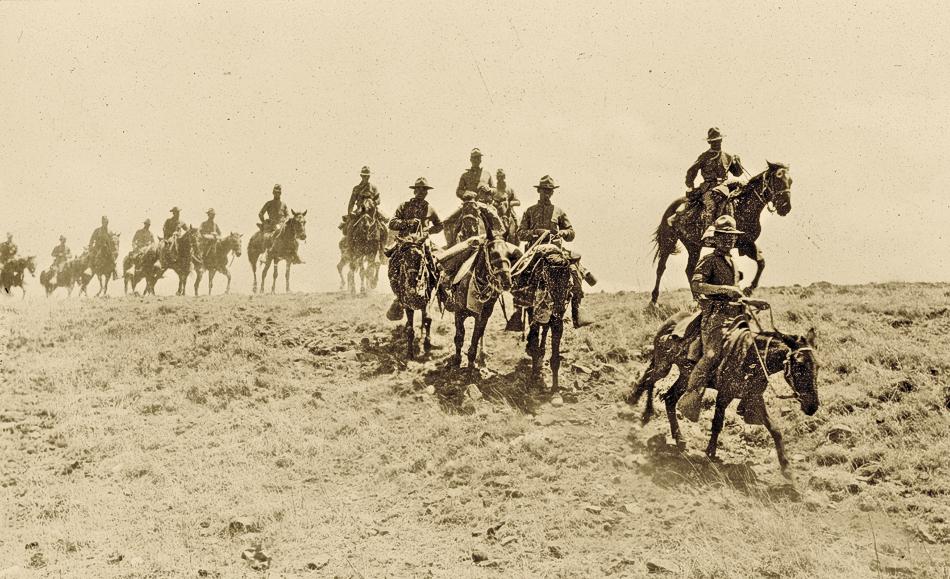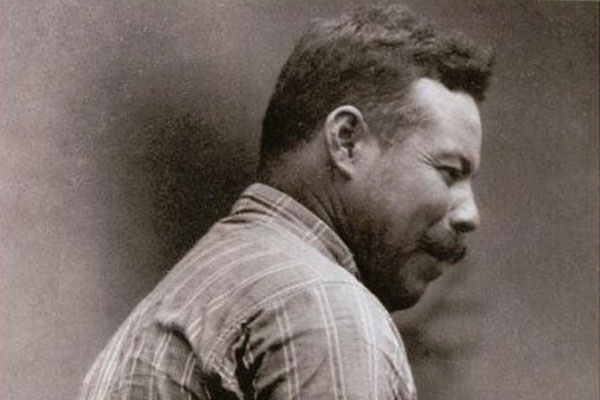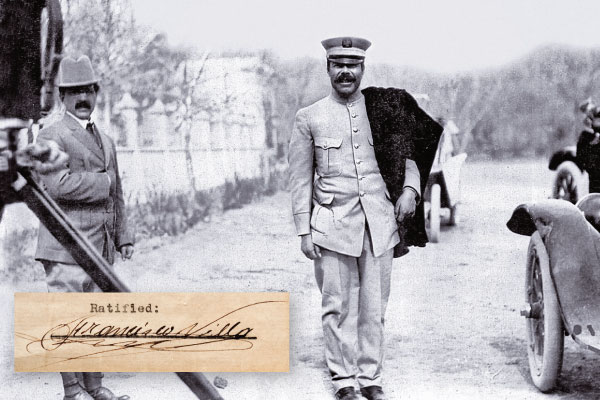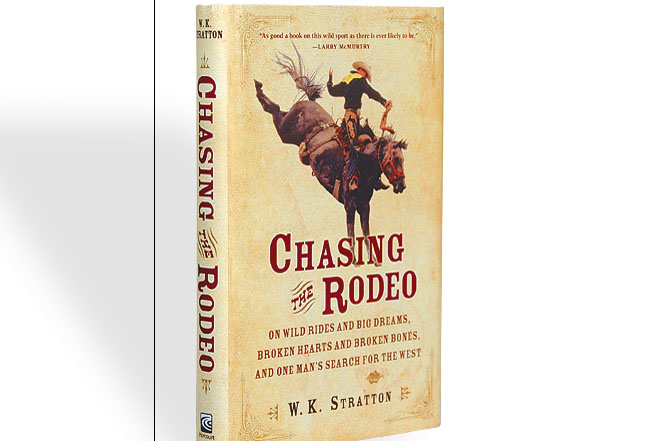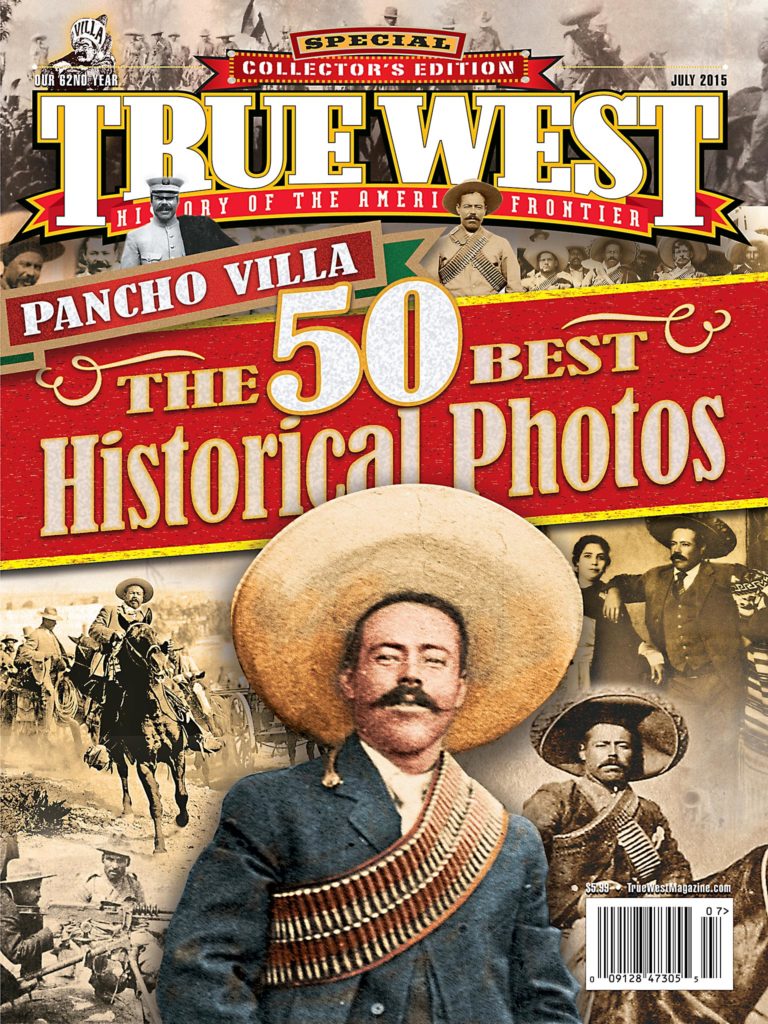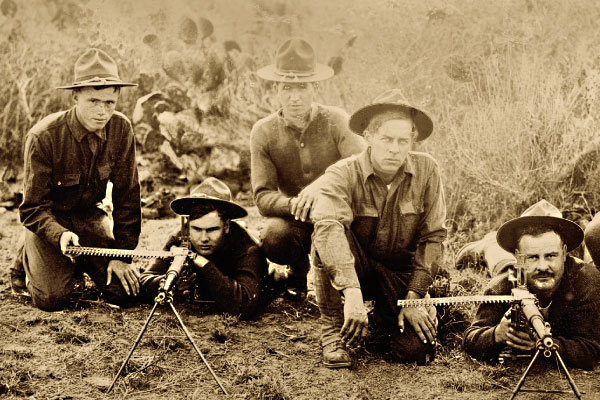 After Pancho Villa and his bandits raided Columbus, New Mexico, and the troops stationed there on March 9, 1916, Brig. Gen. John “Black Jack” Pershing received orders to: “…proceed promptly across the border in pursuit of the Mexican band…the work of [your] troops will be regarded as finished as soon as Villa’s band or bands are known to be broken up.”
After Pancho Villa and his bandits raided Columbus, New Mexico, and the troops stationed there on March 9, 1916, Brig. Gen. John “Black Jack” Pershing received orders to: “…proceed promptly across the border in pursuit of the Mexican band…the work of [your] troops will be regarded as finished as soon as Villa’s band or bands are known to be broken up.”
Within six days of the attack, Pershing led about 4,800 troops across the Rio Grande into Mexico to launch what would be an 11-month campaign. A raid into Texas on May 5 further incited President Woodrow Wilson to dispatch the National Guard from Arizona, New Mexico and Texas to seal the border.
The Punitive Expedition was primarily a cavalry operation, with several regiments seeing active service, including the 5th, 7th, 10th, 11th and 13th Cavalries. Accompanying the horse soldiers were two batteries of field artillery, several units of infantry, two companies of engineers and a contingent of Apache scouts. Support units of the Signal, Quartermaster and Medical Corps joined the march.
This expedition marked America’s first tactical use of mechanized vehicles and airplanes in war. Out of eight Curtiss “Jenny” biplanes that began the campaign, to provide aerial observation, only two remained in service by the end of the first month. The 1st Aero Squadron ended up field testing airplanes rather than contributing much to locating the enemy.
The automobiles fared better in the harsh Mexican deserts. Both Brig. Gen. Pershing and George S. Patton, then a young lieutenant, traveled in touring cars made by Dodge Brothers (today’s Dodge). Villa was apparently so impressed that he obtained his own Dodge Brothers car in 1919.
During Pershing’s pursuit of Villa, U.S. troops found themselves not only fighting Villa’s Villistas and bandit armies, but also the Mexican government soldados of President Venustiano Carranza.
The U.S. cavalryman and infantryman were armed with the Model 1903 Springfield, a .30-06 caliber, bolt-action rifle. Their sidearms were the Model 1911 .45 ACP Colt semi-automatic pistol and the Model 1913 Patton saber, although some 1860 and 1906 blades were still in use. They also carried several other small arms, including older Model 1905 and Model 1909 .38 Colt and .45 Colt caliber revolvers, respectively.
During the many mounted pistol charges that marked the expedition, machine gun troops provided deadly support fire from Model 1909 Benét-Mercié Machine Rifles. The .30-06 caliber rifle was particularly suitable for the cavalry, since it was easy to break down for transportation on pack animals.
At least one 1873 Colt Single Action Army revolver was not only carried, but also used successfully, by Lt. Patton, in his daring shoot-out against three of Villa’s lieutenants on May 14, 1916. This Peacemaker helped kill the bandits and went on to be packed by Gen. Patton in WWII.
While Pershing’s troops made numerous contacts with the Villistas, killing two generals and some 160 men, the U.S. campaign failed in its major objectives—stopping border raids and capturing Villa.
The campaign did, however, succeed in bringing new concepts to the mode of warfare for the U.S. Army, while serving as a training ground for its entry into WWI.
Phil Spangenberger has written for Guns & Ammo, appears on the History Channel and other documentary networks, produces Wild West shows, is a Hollywood gun coach and character actor, and is True West’s Firearms Editor.
Photo Gallery
– Courtesy Rock Island Auction Company –
– Courtesy Library of Congress –
– Courtesy Rock Island Auction Company –
– Courtesy Library of Congress –


